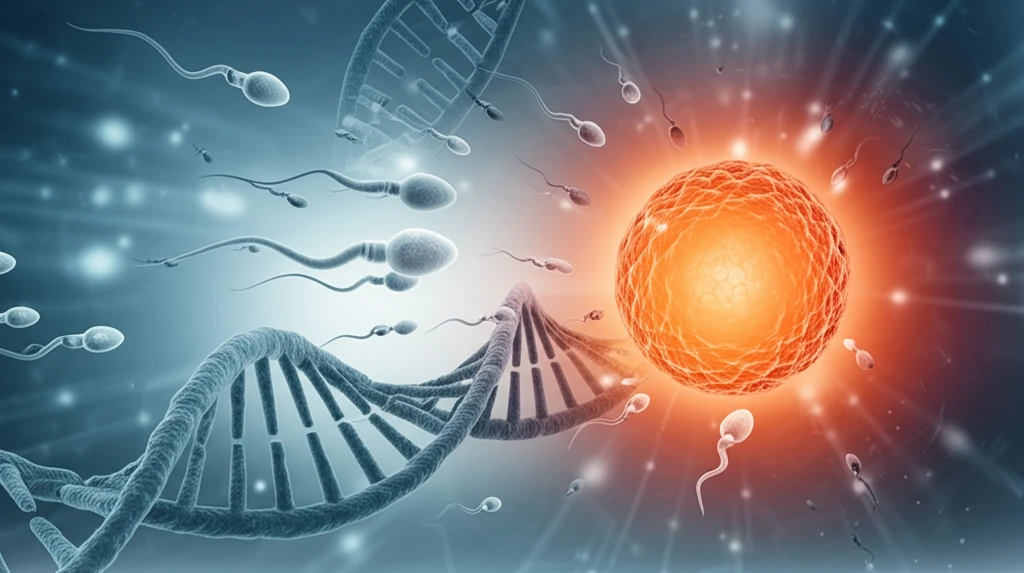
Unlocking Fertility: How to Activate Sperm for Conception
"A deep dive into the groundbreaking techniques for in vitro activation of sperm, offering hope for overcoming infertility challenges."
In the intricate dance of life, the journey to conception can sometimes encounter roadblocks. For many couples, infertility presents a significant challenge, sparking a quest for innovative solutions. One promising avenue lies in understanding and activating sperm, the vital carriers of genetic information. Recent scientific advancements have shed light on how to coax sperm into their most fertile state, offering new hope for those struggling to conceive.
Sperm activation, also known as spermiogenesis, is the process by which spermatids transform into mature spermatozoa, ready to fertilize an egg. This transformation involves a series of complex biochemical and morphological changes, including the development of a tail for motility and the restructuring of the sperm's head to facilitate penetration of the egg. When this process is impaired, it can lead to infertility. Researchers are now exploring methods to stimulate spermiogenesis in vitro, essentially jump-starting the sperm's engine outside the body.
The nematode Caenorhabditis elegans offers a fascinating model for studying sperm activation. These tiny worms have two sexes, males and hermaphrodites. The sperm cells created by each gender offers insights into reproductive science. By studying C. elegans, scientist are studying causes and future potential treatments for the human form of infertility.
In Vitro Activation: A Step-by-Step Guide

The in vitro activation of C. elegans sperm involves a meticulous process of isolation and stimulation. The key steps include:
- Identification and Isolation: Male worms are identified by their distinct tail morphology—rounded with mating structures, unlike the pointed tails of hermaphrodites.
- Dissection: The worms' tails are cut under a microscope to release the spermatids stored inside. This delicate procedure requires precision and specialized tools.
- Activation: The released spermatids are then incubated in a special sperm medium containing activating compounds like Pronase E. This triggers spermiogenesis, transforming the spermatids into mature, motile spermatozoa.
Future Directions and Hope
The ability to activate sperm in vitro holds immense potential for addressing male infertility. By identifying and targeting the underlying causes of spermiogenesis defects, researchers can develop new therapeutic strategies to improve sperm quality and increase the chances of successful conception. From analyzing sperm morphology to conducting physiological measurements, this technique opens doors to a deeper understanding of sperm function and its role in fertility.
